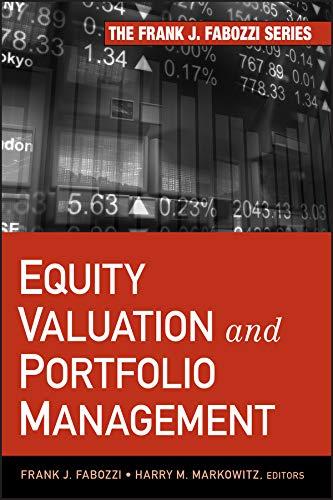Question
Consider an investor with $10,000 available to invest. He has the following options regarding the allocation of his available funds: (1) he can invest in
Consider an investor with $10,000 available to invest. He has the following options regarding the allocation of his available funds: (1) he can invest in a risk-free savings account with a guaranteed 3% annual rate of return; (2) he can invest in a fairly safe stock, where the possible annual rates of return are 6%, 8%, or 10%; or (3) he can invest in a more risky stock, where the possible annual rates of return are 1%, 9%, or 17%. Note that the investor can place all of his available funds in any one of these options, or he can split his $10,000 into two $5000 investments in any two of these options. The joint probability distribution of the possible return rates for the two stocks is given:

a) Create a payoff table (6 strategies and 9 states of nature) that specifies this investors return (in dollars) in one year for each possible decision and each outcome with respect to the two stock returns.
b) to maximize the returns, the investor should put all his wealth in?
c) the EMV for the above decision is?
Step by Step Solution
There are 3 Steps involved in it
Step: 1

Get Instant Access to Expert-Tailored Solutions
See step-by-step solutions with expert insights and AI powered tools for academic success
Step: 2

Step: 3

Ace Your Homework with AI
Get the answers you need in no time with our AI-driven, step-by-step assistance
Get Started


